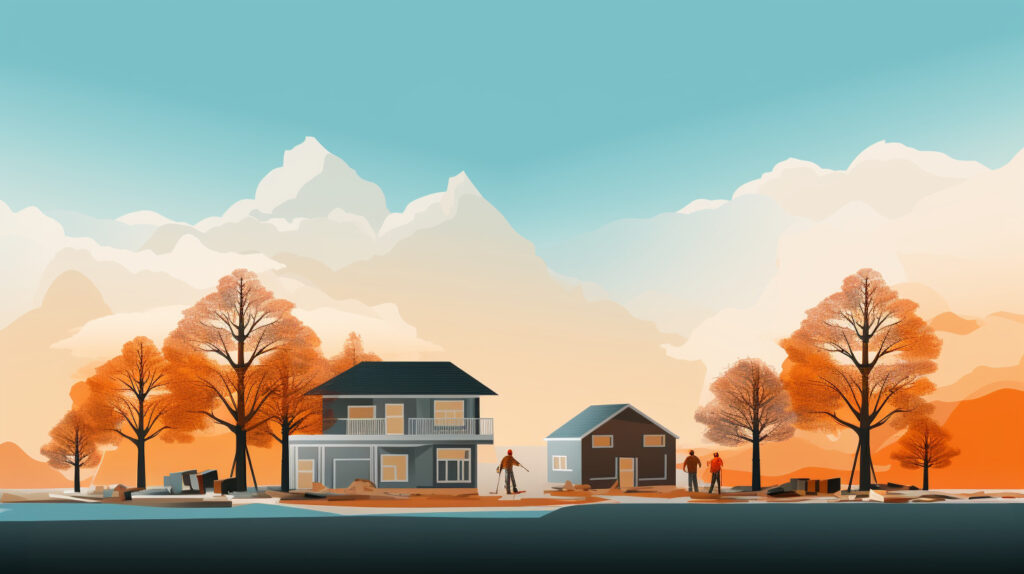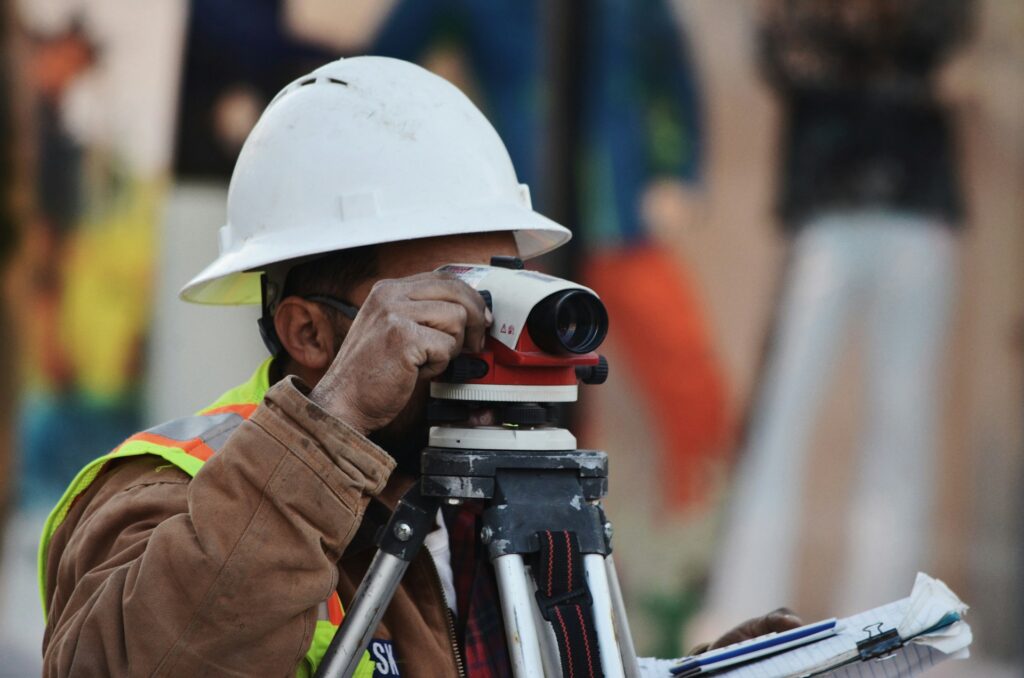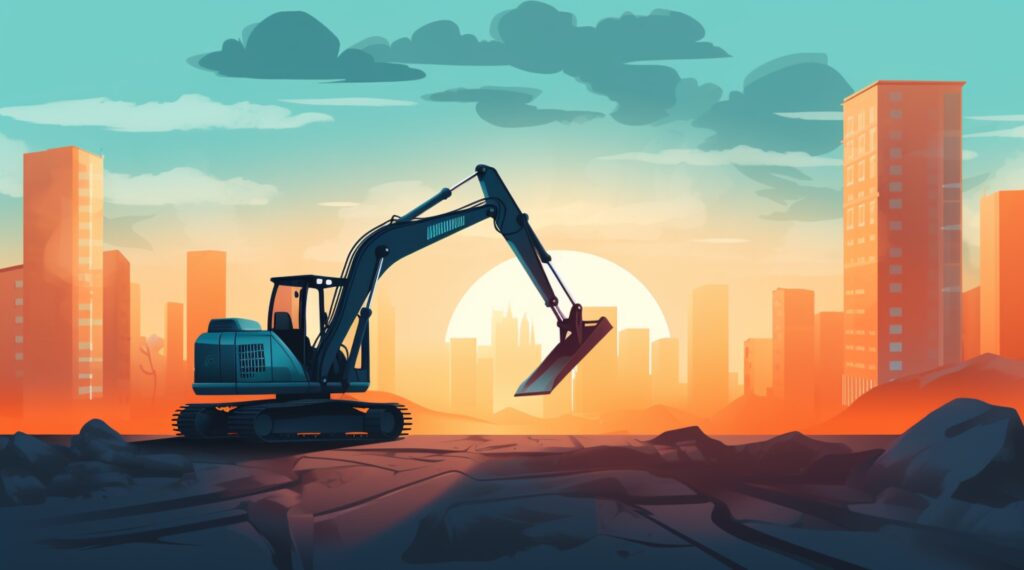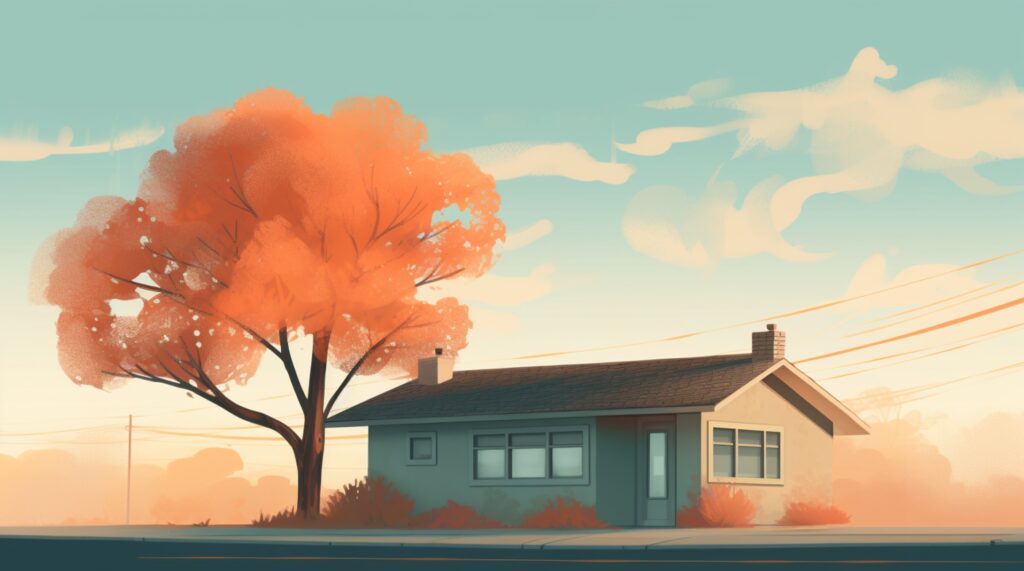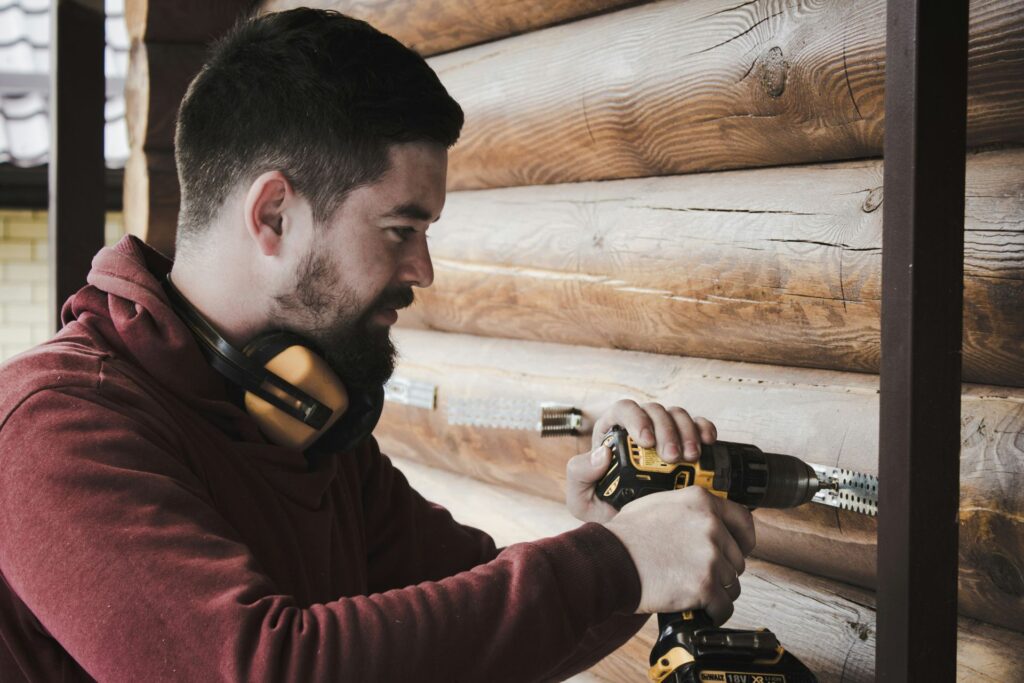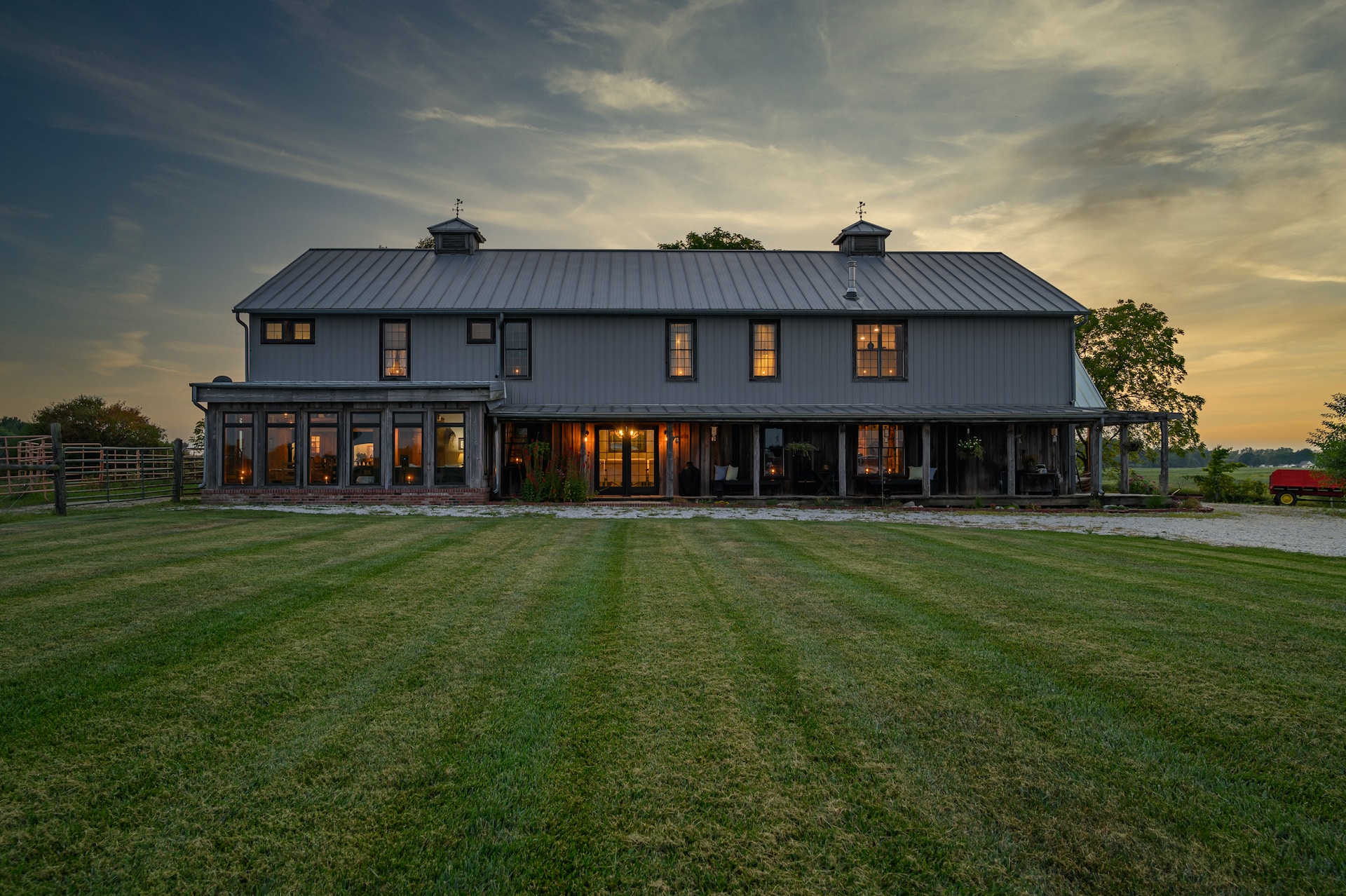
We are reader-supported. When you buy through links on our site, we may earn an affiliate commission.
Chip and Joana took the renovation world by storm when they turned a lowly old horse barn into a gorgeous home. This newer trend is lovingly called the barndominium, or barndo for short. These homes allow their occupants to take over as much space as they need for living and use the rest for guests, a hobby, a business or even animals.
Could you use the extra square footage a barndo offers? This guide will walk you through everything you need to know about building your own to see if it’s the right option for your needs.
What Is a Barndominium?
Until the last century or so, more people worked the land than any other profession. They needed room to live which was close to their work. As such, their homes were often right next to or even attached to the barn.
The Industrial Revolution brought people out of these agricultural lifestyles and into factory work, and barn homes became less common. Technology advancements over the years also made it easier for farmers to stay further away from their animals.
Fast forward to the modern day, and this living situation is gaining popularity again. The extra space from living in a barn yields many opportunities for storage, hobbies or fulfilling the barn’s original intent — housing animals.
These structures are typically steel or wood and contain massive square footage. Commonly, part of the building is finished like a typical home, while the rest is left less or unfinished and open for other purposes.
Cost to Build
Your cost to finish a barndominium depends on quite a few factors. The most significant considerations are:
- how many square feet you intend to finish
- the size of the overall structure
- if you’re retrofitting an existing structure or building new
- the purchase price of your land
In general, building a barndominium is slightly cheaper than a stick-built home. You can expect to pay around $130,000-$320,000 for a barndo and $155,000-$416,000 for a traditional house.
Building a Barndominium
If you decide to build a barndominium, you’ll need to look at land and determine how you want to construct your home.
Retrofit
The most popular option when this trend began was to find old barns, buy them for cheap and turn them into gorgeous homes. This is a great way to save money on a building and property. However, there are only so many barns for sale, and they may not show up in the areas you want to settle. Also, if the barn has a dirt floor, you must raise the whole building to pour a concrete slab.
Start from Scratch
Starting from the ground up is a more versatile option. You can choose where you want to build and how big you want to go. Your initial costs will be more, though, since you won’t have an existing structure to build from.
Benefits of a Barndominium
You’ll find countless perks to building a barndominium, from saving money to getting in your home faster.
1. Save Money
Steel walls and roofs can reduce your upfront costs for a barndominium, especially if you purchase a kit. Another money-saving option is refurbishing an old barn to suit your needs, drastically reducing the price to start. Labor is also less intensive than with a traditional stick-built home, so you can also save there.
2. Faster Build
Since labor is less intensive, you’ll be able to get into your home much faster than with traditional construction. Since the outer structure goes up so quickly, you can even finish a small part of your living area at once and reside there while you continue building.
3. Extra Space
One of the biggest perks of living in a barndominium is the sheer amount of extra space. You can spread out your floor plan, creating grand rooms. You could build an indoor pool or finish a whole space for your home-based business. An unfinished area would even be perfect for keeping animals for a hobby farm. Your options are practically limitless.
4. Very Durable and Safe
Barndos are highly durable and safe. The steel shell protects against the elements and is resistant to mold, rot and pest damage. You’ll also fare better in case of a house fire. The steel will resist and hold its shape for far longer, giving emergency services more time to put the fire out and save your structure. Your home will watch over you for years to come.
Drawbacks of a Barndominium
While building a barndominium can save you money and are lower maintenance, there are some significant drawbacks you need to consider before moving forward.
1. Difficult to Get Financing
Since barndominiums aren’t quite mainstream, most banks or other lenders don’t consider them the same as traditional residences. As such, getting a mortgage to fund your build can be tricky. You may have to look at several financial institutions or settle for a different type of loan.
2. Taxes May Increase Dramatically
Before you move forward with your build, you’ll want to talk with a tax expert about what your new property assessment could look like. Some professionals will count only the finished, heated square footage, while others may count the entire structure. Knowing how your area works will help you determine how much your new property could cost in taxes yearly.
3. Zoning May Limit Your Choice
Another thing you must check before you begin your project is to check the zoning laws. Some cities don’t allow barndos, while others will have specifications you’ll need to meet and hoops to jump through. Make sure you have the proper permits before digging in.
4. Extra Noise
While steel is strong and durable, it can also be incredibly noisy. Even with soundproofing from insulation, your walls will amplify outdoor sounds rather than subdue them. You’ll hear every bird song and each raindrop. Decide if that’s something you can handle before you decide on a barndominium.
Is a Barndominium Right for You?
People move forward with a structure of this type mainly for aesthetics or the need for extra space. If you love the look of living in a refurbished barn or a new steel one, this is an ideal option for you, no matter the drawbacks. People who work from home, entertain many guests or want a hobby farm will also benefit from the increased square footage.

